The Construction of Mega Tuas Port
Â
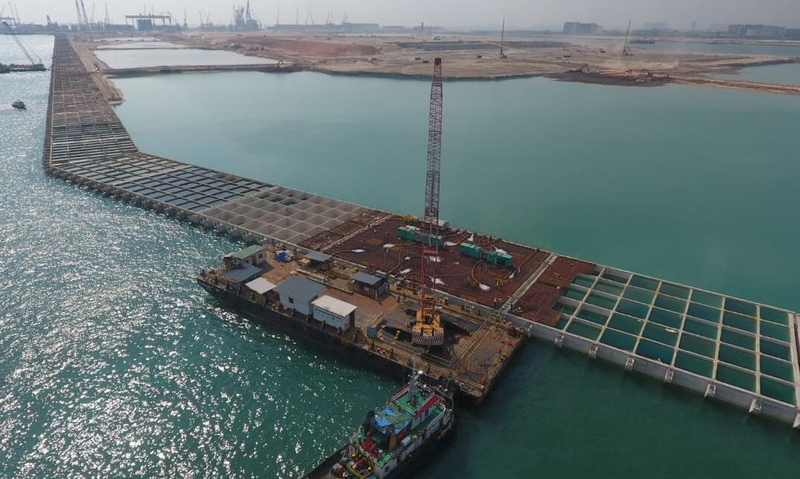
Â
We previously covered Singapore’s maritime status and the significance of the Mega Tuas Port. You can find that article here.
Â
Phase 1 of the Mega Tuas Port is now complete with the installation of 221 caissons, and the reclamation work is expected to be finished by 2021. At its peak, around 2,000 workers and supervisors were on site. Meanwhile, Phase 2 has already started.
Â
The Mega Tuas Port is being built to accommodate container ships of up to 24,000 TEU, with a water depth of 24 meters. Once operational, it will be able to handle any size of vessel in the world, making it the largest port globally.
Â
Discover more about the key construction equipment used in this massive project.
Â
So, how is the Mega Tuas Port constructed?
Â
The Maritime and Port Authority of Singapore (MPA) is using caisson technology for the construction of the port. Caisson construction involves prefabricated structures that are sunk underwater and filled with concrete to create a solid foundation. This method is commonly used for bridges, dams, and other large-scale water-based infrastructure.
Â
Although not new, caisson technology has been adapted for the Mega Tuas Port to build a seawall for land reclamation. The caissons used in this project are among the largest in the world—each weighing 15,000 tonnes, measuring 40 meters in length, 28 meters in width, and 28 meters in height.
Â
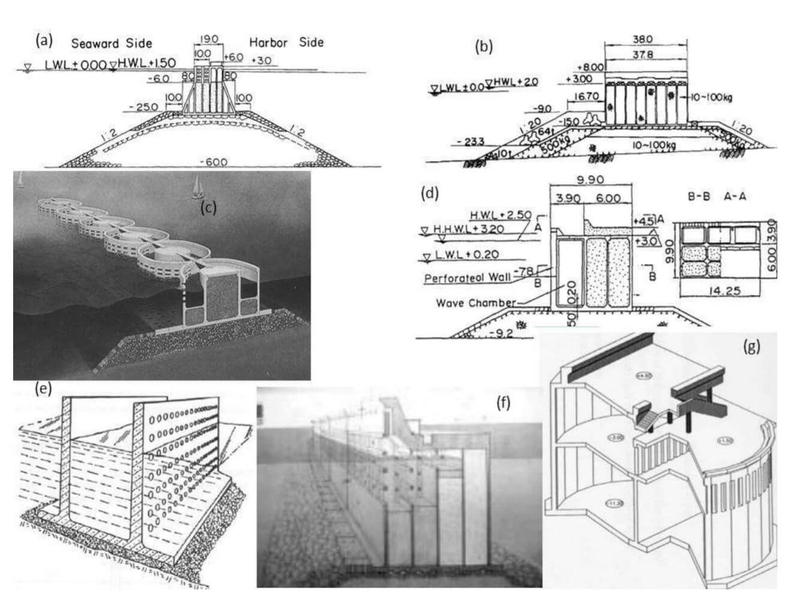
Â
This method is safer and more efficient than traditional piling techniques. It will also be used for the remaining phases of the project. The caissons are pre-fabricated on-site and then transported to their final location for installation.
Â
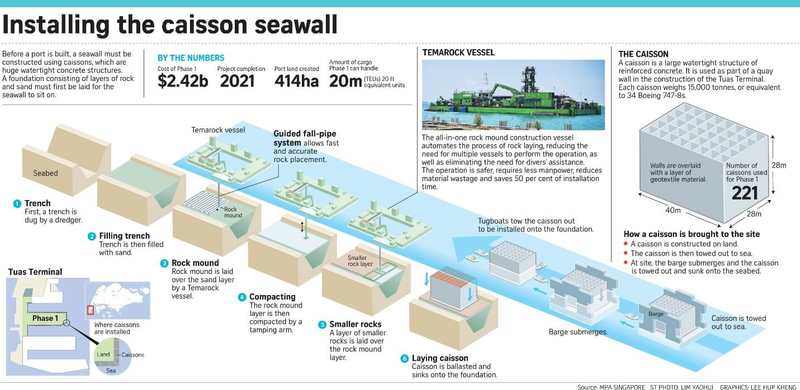
Â
The image above shows the process of building the seawall. Once the caissons are in place, the area inside the wall is reclaimed, creating solid land for the future port facilities.
Â
To install the caissons, a rock mound is first built on the seabed. A mega dredger digs a trench, which is then filled with sand and compacted by the Temarock vessel. This ensures a stable base for the caissons.
Â
- A mega dredger digs a trench along the caisson installation area, reaching the required depth. The world's largest grab dredger, with a bucket capacity of 200 cubic meters, is used for this task.
- The trench is filled with sand using the Temarock vessel.
- The vessel lays a layer of rock mound over the sand.
- The Temarock vessel compacts the sand using a tamping arm.
- A second layer of smaller rocks is added and leveled for precise caisson placement.
“Temarock is an advanced all-in-one vessel designed for rock mound construction. It automates multiple steps that would otherwise require several vessels and divers, improving efficiency and safety.â€
Â
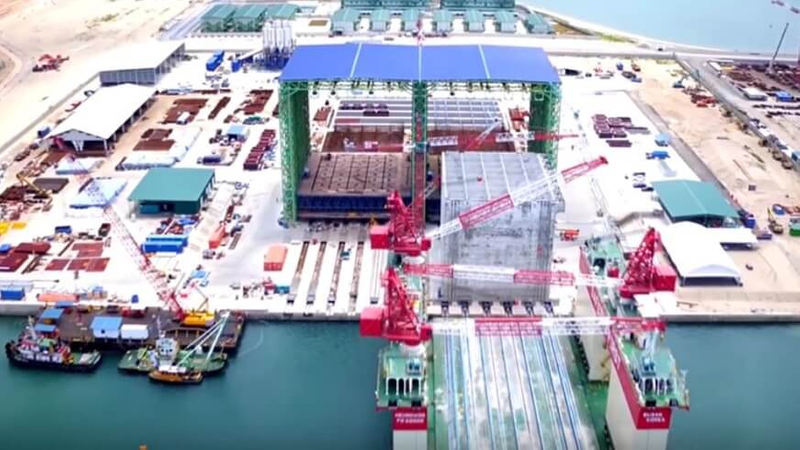
Â
Caisson fabrication is done simultaneously with the seabed preparation. Two dedicated fabrication yards are used side by side to cast two caissons at the same time, significantly speeding up the process.
Â
- Caissons are cast layer by layer, each requiring around 1,000 cubic meters of concrete. They are built to be watertight and strong, typically around 28 meters high.
- Once completed, the caissons are moved onto a floating dock.
- The caissons are then towed to the installation site and submerged from the dock.
- At the final location, they are ballasted with seawater to sink into place.
- The caissons are then filled with sand and a solid deck is poured on top to create a stable surface.
“To handle the large amount of reinforcement steel needed, the Automatic Rebar Machine using Robotics System (ARMS) is used. ARMS automates cutting and bending of rebars, reducing manual labor and increasing safety.â€
Â
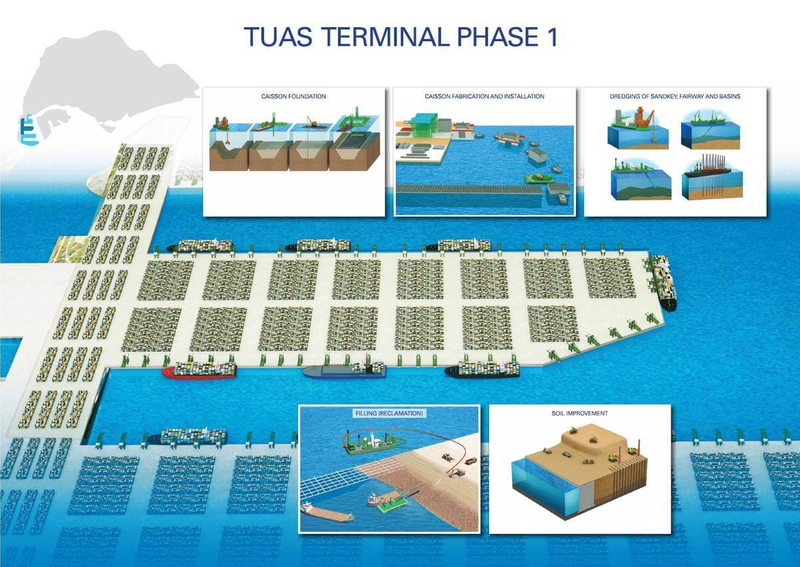
Â
After the caissons are installed, the internal area is reclaimed to form solid land. Then, the terminal is built with all necessary port equipment and facilities.
Â
The project also emphasizes sustainability by reusing excavated materials from nearby construction sites. This approach reduces the need for sand by up to 70% in Phase 1 and 50% in Phase 2, leading to significant cost savings of around S$2 billion.
Â
Here’s a glimpse into the construction of the Mega Tuas Port. Check out the video below to see Phase 1 in action.
Â
Don’t forget to like and share our Facebook page! bit.ly/34MdSFh, and stay tuned for more exciting updates.
Â
RENT EQUIPMENT HERE
Â
We are Singapore’s first intelligent digital platform transforming the traditional construction equipment rental experience into a touchless and modern solution. Learn more with us!
Enzyme Hydrolyzed Fish Protein
Enzyme Hydrolyzed Fish Protein,Liquid Fish Emulsion Fertilizer,Fish Amino Acid Fermentation,Fish Fertilizer for Vegetables
Yantai Hongyuan Bio-fertilizer Co.,Ltd. , https://www.hongyuanlinong.com